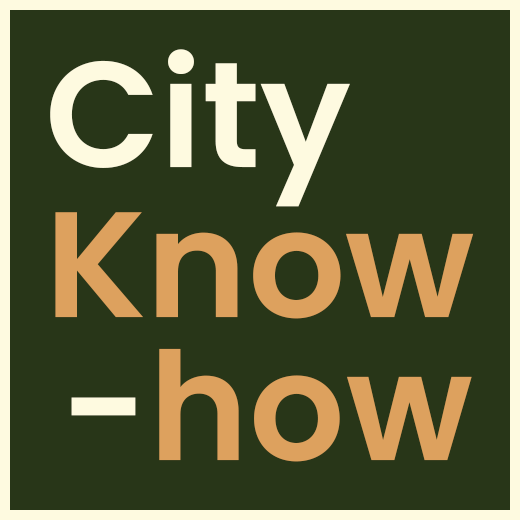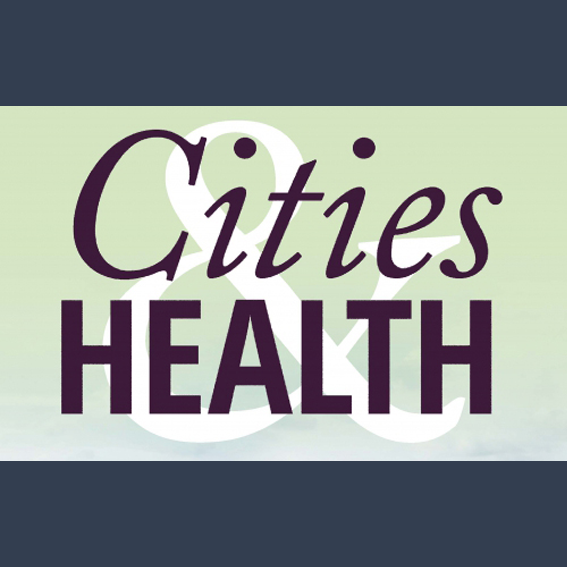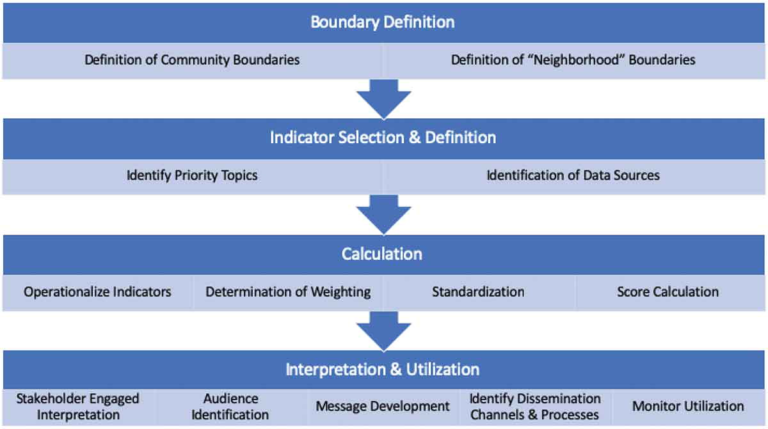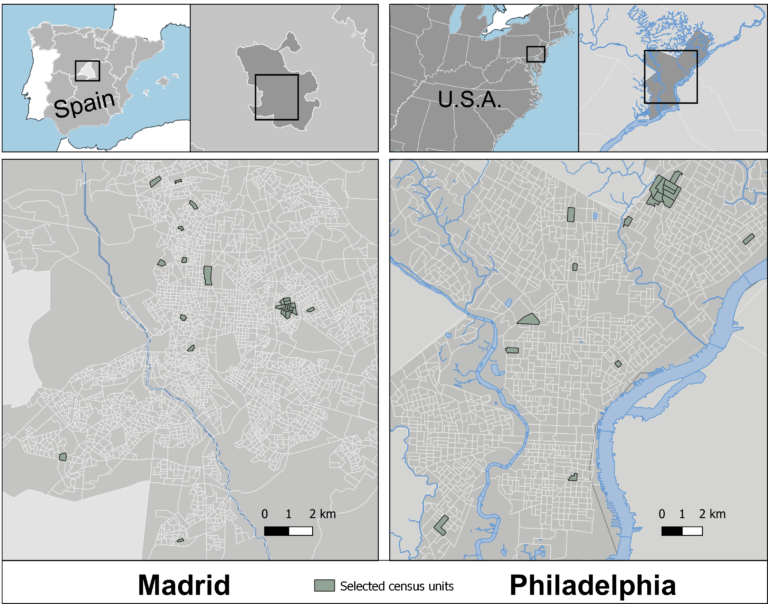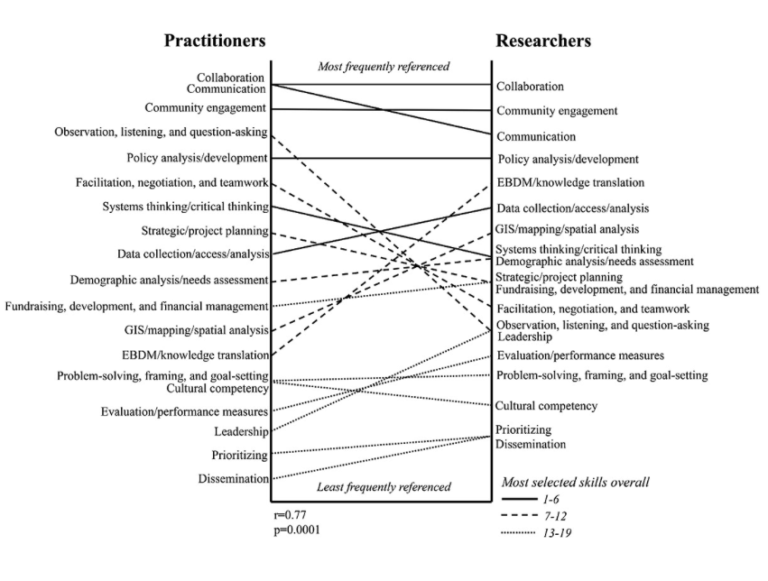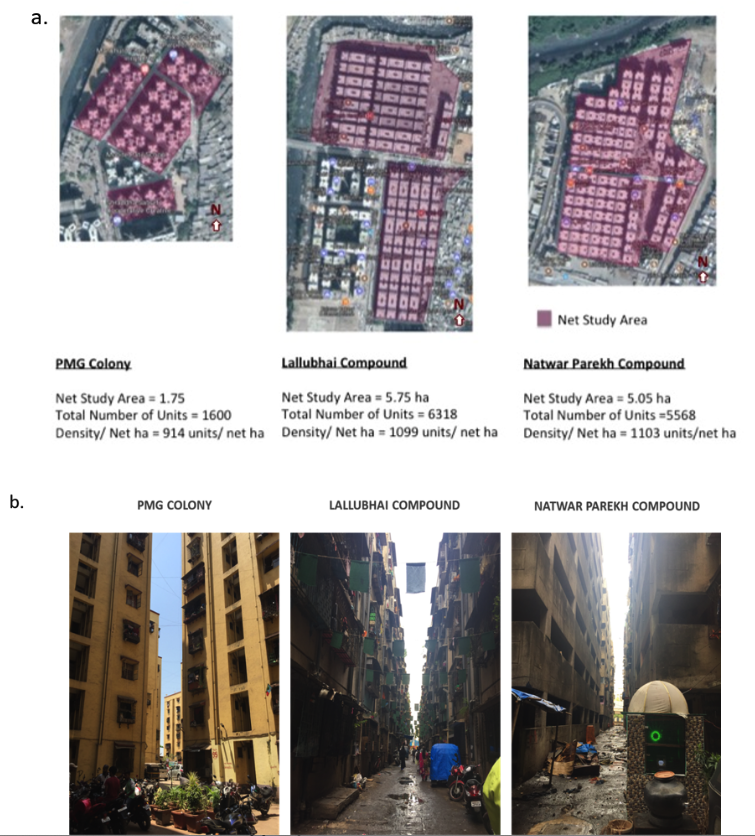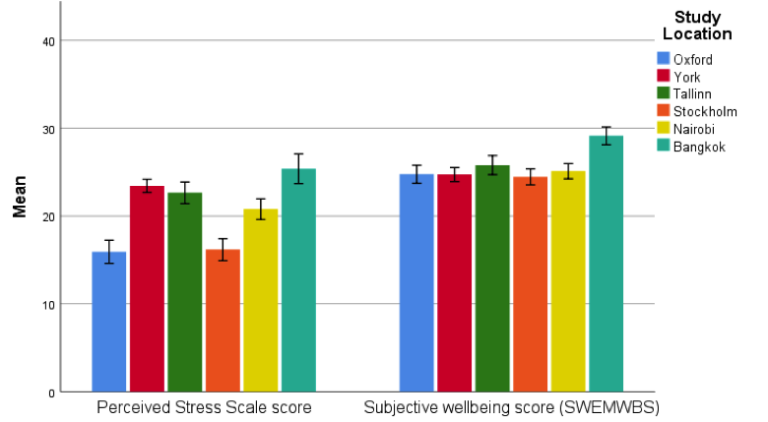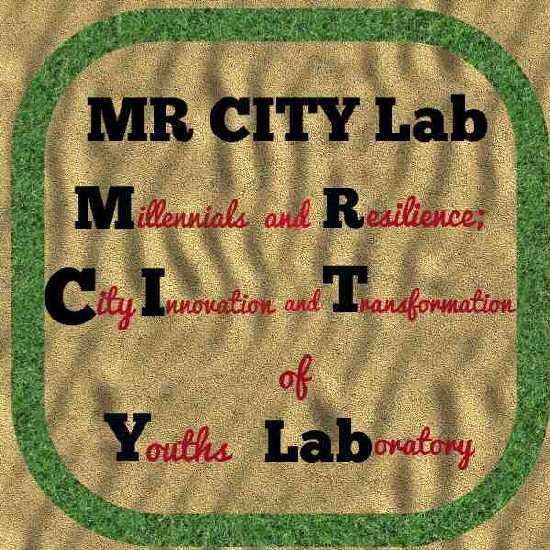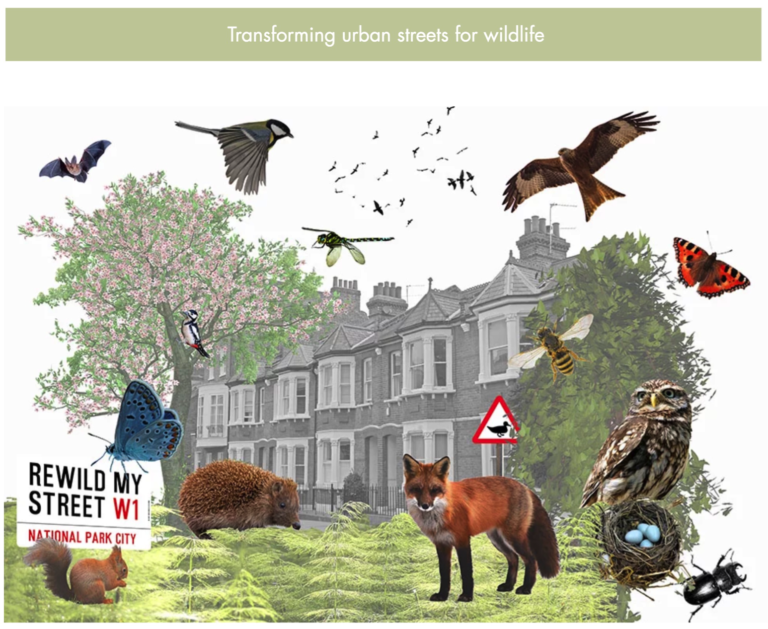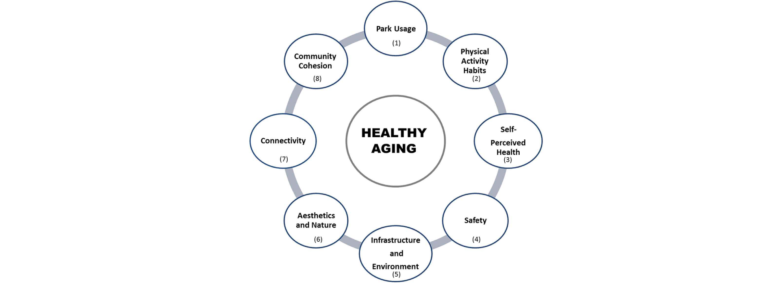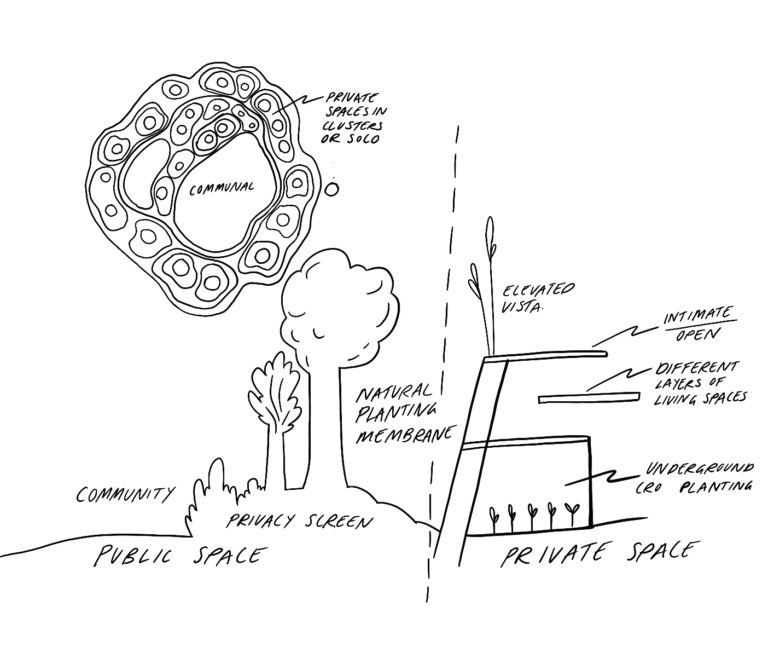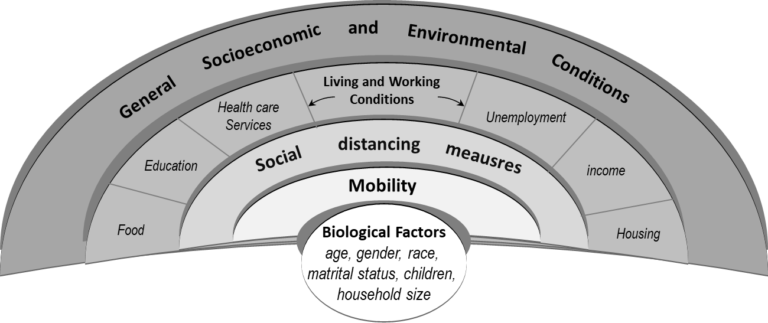
Understanding the community and social determinants in mental health inequity: the impact of mass social distancing during COVID-19, USA
The psychological impact of social distancing order during the COVID-19 pandemic can be determined by combining the effects of both individual and community capacities. This study supports the need to improve the physical environment to implement more sustainable health policies in different communities and cities across the world.
